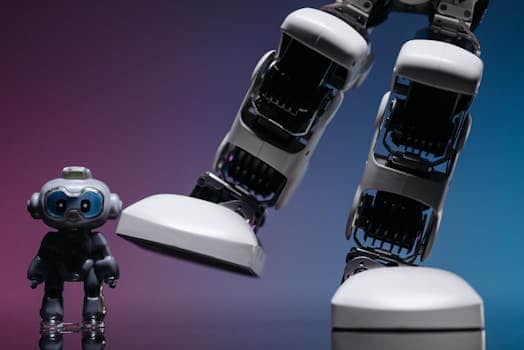Artificial Womb Regulations: Reproductive Tech Law
The advancements in reproductive technology have brought about various ethical, legal, and social implications. One of the most controversial topics in this field is the development and regulation of artificial wombs. As the concept of an artificial womb moves from science fiction to reality, it raises important questions about its use and potential impact. In this article, we will delve into the regulatory landscape surrounding artificial wombs, exploring the current and proposed laws and regulations that govern this reproductive technology.
The Development of Artificial Wombs
An artificial womb, also known as an ectogenesis device, is a device that aims to provide a gestational environment for a developing embryo outside of the human body. This technology was first proposed in the 1950s as a solution to fertility issues and has since been a subject of scientific research and experimentation. In recent years, there have been significant advancements in the development of artificial wombs, with some researchers claiming successful gestation of animal embryos. This has sparked debates about the ethical and legal implications of this technology, leading to the need for regulations.
The Ethical Dilemma
One of the main concerns surrounding artificial womb technology is the potential implications for women’s reproductive rights. Proponents argue that artificial wombs could offer an alternative for women who are unable to carry a pregnancy to term due to medical reasons. It may also provide an option for same-sex couples or single individuals who wish to have a biological child.
On the other hand, critics argue that the use of artificial wombs may further devalue the role of women in reproduction and lead to a society where women are no longer necessary for the continuation of the human race. Furthermore, there are concerns about the safety and well-being of the child in an artificial womb compared to in-utero gestation. These ethical concerns play a significant role in the regulation of this technology.
The Current Regulatory Landscape
Currently, there are no specific laws or regulations that govern the use of artificial wombs. However, the practice may fall under the purview of assisted reproductive technology (ART) regulations, which vary significantly by country. In the United States, ART is largely unregulated, but there are various federal laws that govern reproductive technologies, such as the Food and Drug Administration (FDA) regulations for medical devices.
In the European Union, ART is regulated by the European Parliament and the European Council, which ensure safety and quality standards of reproductive cells and tissues. Some countries, such as France and Germany, have specific laws and regulations for ART, while others, like the United Kingdom, have more general laws that cover all reproductive technologies. The lack of specific regulations for artificial wombs highlights the need for clear and comprehensive laws to address this emerging technology.
Potential Regulations for Artificial Wombs
Regulating the Use and Access
One of the main areas of concern in regulating artificial wombs is the use and accessibility of this technology. Some argue that artificial wombs should only be available for medical reasons, such as women who are unable to carry a pregnancy to term. This would prevent the commodification of childbirth and reduce its potential implications for women’s reproductive rights.
However, others argue that this technology should be available for anyone who wishes to use it, regardless of medical necessity. Some experts suggest that the use of artificial wombs should be strictly controlled and only used in cases where traditional in-utero gestation is not possible. The debate about who should have access to this technology will ultimately shape the regulations surrounding it.
Ensuring the Safety and Well-being of the Child
Another crucial aspect of regulating artificial wombs is ensuring the safety and well-being of the child. As this technology involves gestating an embryo outside of the human body, there are concerns about the potential risks and long-term effects on the child’s development. Regulations may require extensive testing and research to ensure that artificial wombs are safe for use.
Furthermore, there are also ethical considerations surrounding the type of embryo used and the potential for genetic manipulation. Regulations may need to address these issues and ensure the ethical use of artificial wombs in human reproduction.
Addressing Ethical Concerns
The ethical concerns surrounding artificial wombs, such as the devaluation of women’s role in reproduction, need to be carefully considered in regulations. Some experts propose that this technology should only be used for research purposes until its safety and ethical implications can be fully understood. Others suggest that specific safeguards should be put in place, such as mandatory counseling and informed consent for those seeking to use artificial wombs.
The Future of Artificial Womb Regulations
As the research and development of artificial wombs continue to progress, it is crucial to have clear and comprehensive regulations in place. These regulations must address the ethical, safety, and societal implications of this technology while also allowing for its potential benefits. It is essential to strike a balance between innovation and protecting the rights and welfare of all individuals involved in the use of artificial wombs.
In conclusion, the development and use of artificial wombs raise complex ethical and legal questions. As this technology becomes more advanced and commercially available, it is crucial to have clear and comprehensive regulations to govern its use. By addressing these concerns, we can ensure that artificial wombs are used ethically and safely, while also opening up possibilities for individuals and couples struggling with fertility issues.








